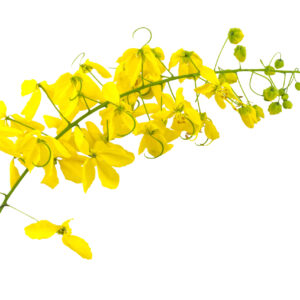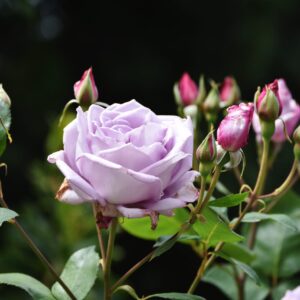Using Alcohol as a Preservative
Brandy was the choice in merry ole England to preserve things because it was the only alcohol readily available. Any alcohol that is at least 80 proof can and does, preserve herbal tinctures, flower essences and the like.
Various types of alcohol, brandy, whiskey, rum, tequila, all of them except for vodka, have a shelf life of three to four months once the bottle is opened. Vodka has a shelf life of at least 10 years after being opened because of the purity of the alcohol – few ingredients.
There is no alcohol that has ‘higher vibrations’ than another. Like making soap, combining lye with oils turns it into a completely different product than lye water and oils. It becomes soap. Combining fruits and sugar and distilling it with pressure and heat, changes the fruit and sugar into something entirely different. Alcohol. Something used as a disinfectant, a preservative of things made with water. Plus, vodka is made with just a few ingredients, which is probably why the shelf life is so long.
While flower essences are, by nature, used for our emotions, using an alcohol because it ‘feels right’ is not the way it should be done.
Vodka is sold in glass or PET plastic bottles. PET plastic, (polyethylene terephthalate, semicrystalline) is rated as compatible for storage of 1-100% ethyl alcohol, the plastic will not be dissolved by ethanol, so no leaching. PET is the most common plastic used for storage of food and drink including spirits, worldwide. Any time we use any plastic for anything, it’s always PET.
Vodka allows a properly stored flower essence to last indefinitely. While an opened bottle of vodka has at least a 10 year shelf life, we err on the side of caution and have a 7 yr expiration date on the bottles because the FDA requires one. Flower essences that have gone bad are obvious. Blobs of something, funky? Throw it out!
“Giving vodka to kids and animals? Really?”
Think of it this way, in a bottle of flower essences, half the volume will be vodka. Vodka itself is 40% alcohol by volume. So there you have 20% in the bottle. The vodka is at 20% of the total volume, and a dose is generally 2-4 [3] drops of formula. At 20% (1/5th) times 3 drops, there is 3/5 of a drop of alcohol — approximately one half of one drop alcohol per dose. This per-dose quantity is low enough that it should have no effect on a person or animal.
Still, if that’s a concern, it’s easy to dissipate the alcohol by putting the drops into a little very hot water for a minute or two, then allowing it to cool before giving it to yourself or an animal. Because of the high volatility of alcohol, most of what little is there will evaporate off.
Most put it on their tongue, some dilute in a glass of water or other beverage of choice. You get a ton more alcohol from the foods you eat when it digests in your gut.
But again, if you are afraid [there’s an essence for that!] of getting even that tiny bit in your system, are allergic to it or whatnot, dab it on your pulse points or spray the air around you or spray your hair.
Any essence you purchase at Doors To Joy are kept in dark colored glass to keep the light out of the product within, which can also damage the product. As can air.
Because vodka has no taste, because it has a much longer shelf life than brandy, whiskey, rum or tequila [3 to 4 months after being opened], Doors To Joy uses vodka.
We do not custom preserve essences.
References:
"God hasn't called you to do, He's called you to be. "
Janine Joi
Subscribe via Email
Other Flower Essences
-
 Rite of Passage
$15.00
Rite of Passage
$15.00
-
 Hope Flower Essence
$15.00
Hope Flower Essence
$15.00
-
 Deep Heart Issues
$15.00
Deep Heart Issues
$15.00
